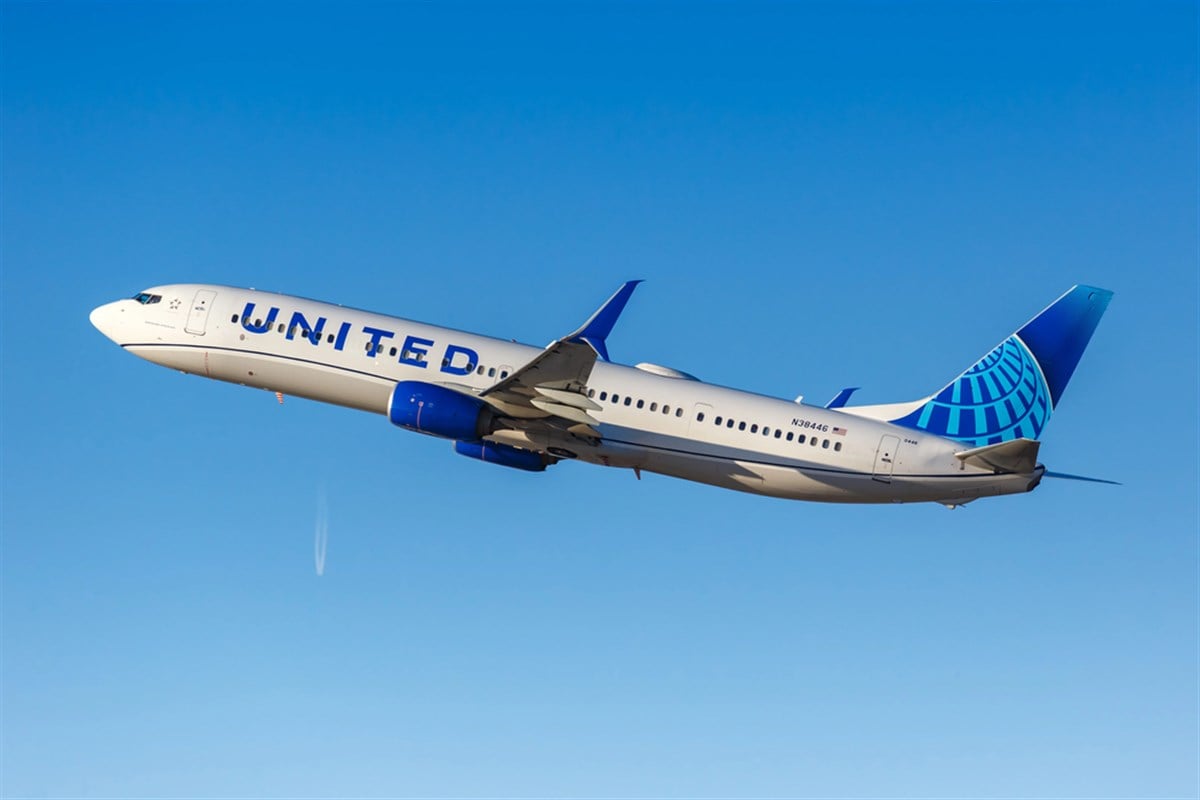Strong Dollar + Buybacks = Big Upside for United Airlines Stock

After a rally of 7.8% in a single week, shares of United Airlines Holdings Inc. (NASDAQ: UAL) is catching investor attention once again.
The stock’s recent surge isn’t just a short-term technical move; it is being fueled by improving fundamentals and strong forward guidance. Favorable macro trends are also helping, but low oil prices alone aren't keeping airlines like United profitable. There is a bigger move happening in currencies that may aid in domestic travel consumption.
As the dollar index breaks out of its multi-month range, it enhances purchasing power domestically, making travel more attractive for U.S.-based consumers. This rising trend is a potential driver behind the recent momentum in the transportation sector, including airline stocks.
In fact, many of First Trust Nasdaq Transportation ETF's (NASDAQ: FTXR) top holdings are airline stocks, indicating broader market confidence in the group. This momentum presents a fresh opportunity for further upside in United Airlines.
Q3 Earnings Reveal Strong KPIs and Margins
United's recent quarterly earnings results show investors whereoming from and which key performance indicators (KPIs) to watch for in future developments. It’s understandable to feel dread wh the growth is cen looking at a stock that trades at 86% of its 52-week high. However, the report illustrates that most of the company’s future growth potential is barely priced in.
Available seat miles, a common KPI in the airline industry, grew by 6.6% for the United States and Canada, and 5.3% internationally. This increase in capacity indicates that, despite inflation and budgeting uncertainty, travelers remain willing to spend on this discretionary item.
A key insight from the earnings call is that United's premium seating footprint hit a record high in terms of available seats and bookings. That growth positions United not only as a volume player but as a premium competitor, boosting revenue per seat and margin potential.
Further helping margins, aircraft fuel costs dropped 11.4% year-over-year, adding immediate relief to the company’s bottom line. With cost savings and rising demand converging, United Airlines is well-positioned to expand profitability.
While EPS often grabs headlines, free cash flow (FCF) is crucial for capital-intensive businesses like airlines. In this past quarter, United reported $3.4 billion in FCF, up from $3.1 billion a year earlier, which is a 6.7% increase. Strong FCF allows the company to return capital to shareholders, which it’s actively doing.
The company repurchased $589 million worth of stock, signaling management’s belief that shares are undervalued. Buybacks not only boost EPS but also serve as a clear vote of confidence in future performance.
Valuation Leaves Room for Takeoff
Following a robust quarter, management raised full-year EPS guidance to a range of $9.00 to $11.00. Even at the midpoint, the valuation story becomes compelling.
With UA stock trading at a 10x P/E ratio compared to the transportation industry’s average of 15x, there’s clear upside.
Applying the sector average to the low end of guidance suggests a fair value of $134 per share, and $163.90 on the high end.
This outlook represents a significant discrepancy from the analyst consensus price target of $125, which calls for a 25% upside.
More bullish analysts like Evercore’s Duane Pfennigwerth have set price targets as high as $135, indicating 37% potential upside from current levels.
Opportunity Is Still on the Runway
With demand holding steady, margins improving, and guidance pointing higher, United Airlines stock appears undervalued relative to its growth outlook. Tailwinds from a stronger dollar and potential rate cuts from the Federal Reserve through 2025 could further support travel volumes.
As long as United Airlines continues to generate strong cash flows and reward shareholders through buybacks, the path to higher valuation appears wide open. For both new and existing investors, UAL offers a compelling case for long-term appreciation, backed by real fundamentals and market momentum.
Learn more about UAL


